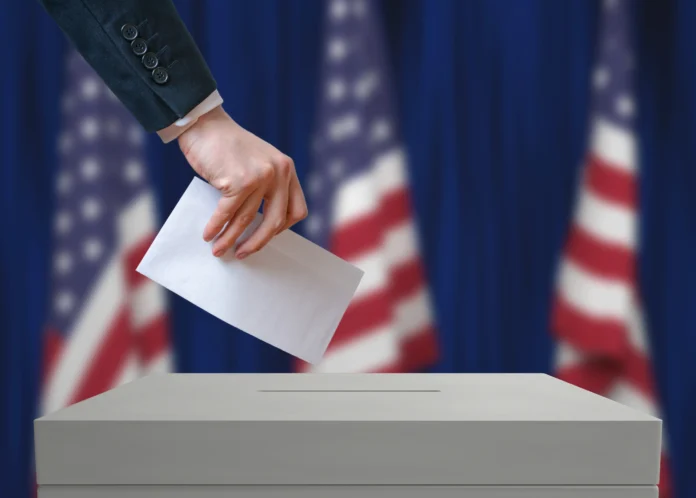Edited by Cori Watkins, contributing editor, PostPress
In addition to feedback provided by industry professionals, another dynamic that will play a role in shaping the print finishing and embellishment industry in 2025 is the election results. The outcome of the 2024 US elections could have significant implications for the industry, depending on the policies and regulatory changes implemented by the new administration. Potential areas where the election results might influence the industry:
• Environmental Regulations and Sustainability: Changes in federal or state policies around environmental sustainability, such as stricter regulations on waste management, carbon emissions or the use of certain chemicals in print finishing processes, could have a significant impact on the materials and technologies used in the industry. Subsidies and incentives for companies that invest in green technologies or eco-friendly practices, could encourage more investment in these areas.
• Economic Policies: Tariffs and Trade policies that impact the import/export of raw materials could influence costs. Changes in corporate taxes as incentives for investment in automation and new technologies could encourage greater capital investment.
• Labor Market Policies: If the new administration prioritizes workforce development programs or apprenticeships, this could help address labor shortages and skill gaps. Changes in minimum wage laws or union policies could impact labor costs and overall operations, particularly in the more labor-intensive aspects of print finishing.
• Infrastructure and Technological Investment: Increased investment in infrastructure and logistics (such as transportation and distribution networks) could improve supply chain reliability, helping print finishing businesses better manage materials and delivery times. If there is increased government support for technology and innovation, this could help small and mid-sized businesses adopt advanced finishing and embellishment technologies, like digital presses or automation systems.
Michael J. Devereux II, CPA, CMP, Wipfli, an advisory firm offering tax compliance, audit and accounting, digital services, outsourcing, risk advisory and consulting services (an FSEA partner), provided his thoughts on the impact the election could have on the industry. Devereux explained, “It appears the Republican party will sweep the United States House of Representatives, Senate and Presidency, making it likely for manufacturers across the country to see significant changes in taxes, trade and tariffs. Under the new Republican leadership, there is a strong likelihood for further tax reduction and incentives aimed at bolstering the US manufacturing sector.”
“Based upon commentary of President-Elect Trump and leaders in Congress, three topics are the likely focus of tax legislation impacting the manufacturing sector,” he continued. “First are lower corporate tax rates. Trump has suggested lowering, even further, the C Corporation tax rate. The Tax Cuts and Jobs Act (TCJA) reduced the top corporate tax rate from 35% to 21%, and Trump would like to reduce it further, rewarding companies that manufacture in the US with a 15% corporate tax rate. Second is the extension of 100% bonus depreciation. Congress is likely to extend this popular provision among manufacturers. Third, a GOP-led Congress is likely to roll back the requirement to capitalize and amortize research and development (R&D) costs, a provision that became effective in tax year 2022.”
The forecast for the print finishing and embellishment industry in 2025 looks favorable with expected steady growth driven by technological advancements, demand for high-quality packaging and increasing consumer interest in personalization and sustainability. Political shifts could influence the industry in a variety of ways, depending on policies related to sustainability, labor, trade and technological development. While challenges like cost pressures, supply chain disruptions, skill gaps and labor shortages may persist, the industry’s ability to adapt to new technologies and consumer demands will position it for continued success in the years to come.


